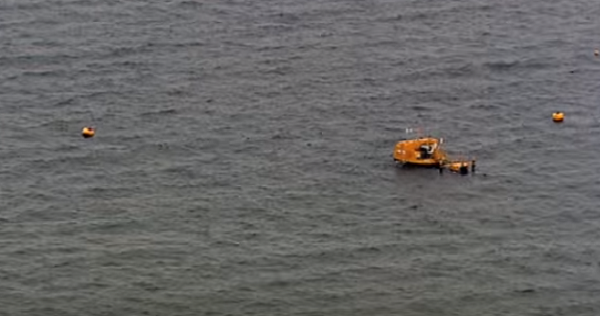
As the tedious experimental ventures of solar and wind energy generating technologies continue to profit individuals, despite shortcomings in design, astronomical price tags on material and construction, and the continued negative results in cost-benefit analysis, the US green market now braces for the medium of the ocean joining the crowded shelf of alternative power sources.
Thanks to the activation of a wave power station off the coast of Oahu, America has now submitted to the ranks of global contestants in attempting to solve a rigorous engineering puzzle, that may be a decade or more away from financial viability.
While the schematics and dreams of constructing a tangible framework of harvesting energy from the sea and interfacing directly with the country’s energy grid quantifies as an intriguing thought experiment, the realities forged by wavering practicality and attrition compromise any inclinations of long-term sustainability. Simply, the rugged and perpetually changing conditions of the world’s oceans present nearly an impossible challenge in the rigorous construction and maintenance requirements which are hampered by overall limitations in schematics, technology and materials. The possible threat of salt corrosion alone in compromising efficiency, is an issue that may never be solved without the assistance of the highly volatile field nano-technology.
For a project which has failed to breach the realm of possibility pertaining to commercial relevance, the millions spent thus far point directly to a base flaw in the green movement’s mechanism in navigating reality.
Read the full ABC News article here.